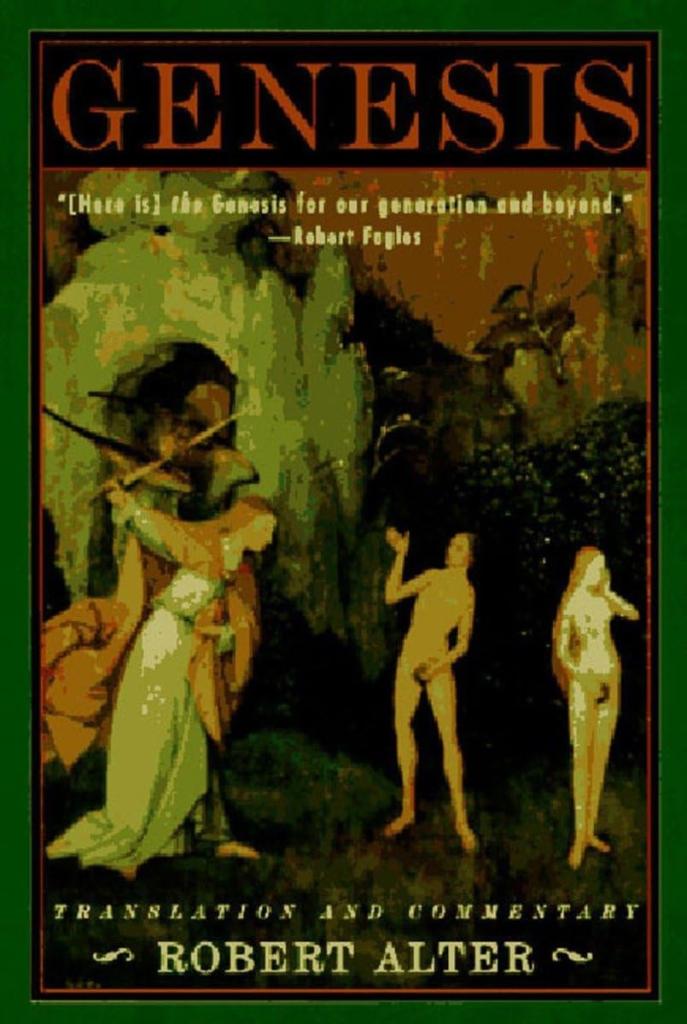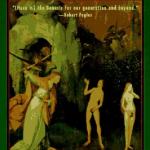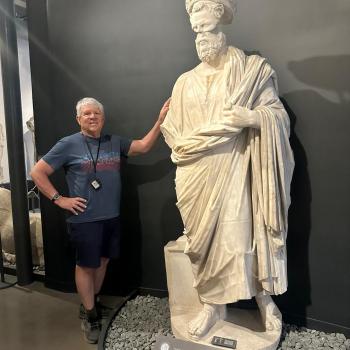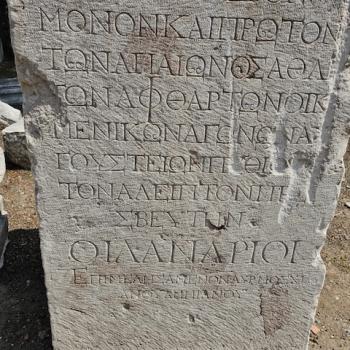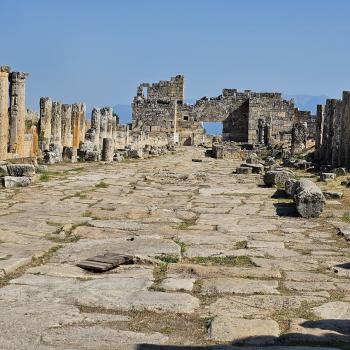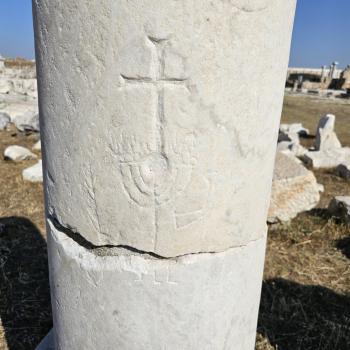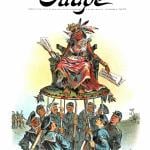While Robert Alter recognizes the traditional source criticism (JEDP) applied to Genesis, he also believes that one can take the final edited form of Genesis as a coherent whole, indeed as a ‘sefer’ the Hebrew word for ‘scroll’, or later for ‘book’. His translation is based on the latter assumption. He draws an analogy with medieval cathedral to which bits and parts was added over the course of many years and even centuries to create a composite whole. ‘What seems quite clear, however, is that the redactors had a strong and often subtle sense of thematic and narrative purposefulness in the way they wove together the inherited literary strands, and the notion of some scholars that they were actuated by a mechanical compulsion to incorporate old traditions at all costs is not sustained by a scrutiny of the text, with only a few marginal exceptions.” (p. xlii). I will just add here that there are clear hints that the final editor or editors were operating retrospectively at a considerable distance from the original source materials, as is true of the whole Pentateuch, judging from comments like Gen. 6.4— “there were giants on the earth in those days” or Gen. 12.6 “the Canaanites were then in the [promised] land”.
Alter adds “It is quite apparent that a concept of composite artistry, of literary composition through a collage of textual materials, was generally assumed to be normal procedure in ancient Israelite culture.” (p. xlii). Alter envisions both the original compiler incorporating earlier source material, but then later the final redactor adding material too, to round out the composition. And Alter helpfully adds: “I am deeply convinced that conventional biblical scholarship has been trigger-happy in using the arsenal of text critical categories, proclaiming contradiction wherever there is the slightest tension in the text, seeing every repetition as evidence of a duplication of sources, everywhere tuning in to the state of transmission, not to the complex music of the redacted story.” (pp. xlii-xliii). To this, I say amen.
Alter, in my view rightly, distinguishes between Gen. 1-11 as the primeval history, and Gen.12-50 as the Patriarchal tales. He sees the two as not only differing in subject matter but also in style, and to some degree in perspective. By and large, Gen. 1-11 is about origins in the past, not about future developments, whereas Gen. 12-50 in the patriarchal narratives is preparing for the story Israel. At the very end of the universal history in Gen. 11 the family of Terah is introduced, and then Abraham is called forth from Ur of the Chaldees we have the story about the beginnings of the Israelite nation. From Abraham on we are told about what will happen in regard to Abraham’s descendants and it is no accident that in Gen. 49, we have Jacob gathering his children so he may “tell you what shall befall you in the days to come”. The story is constantly pointing forward to the story of God’s chosen people, and their future, good, bad, and ugly. And the style and form of the stories change from Gen. 1-11 to Gen. 12-50. The more formal style of the former gives way to a more flexible style with more focus on dialogue, and a much narrower focus on one people group, the Hebrews. Gone are the discussions of humankind in general as in Gen. 1-11, and now the narrower focus is on patriarchy, on paternal domain on sheep fields, and wheat fields, on agriculture and the beginnings of village life in a promised land. It is in Gen. 12-50 that the characters in the narrative take on real personalities and have real discussions about family matters of importance. And the peril in the story is constant— will these people be able to fulfill the creation order mandate to be fruitful and multiple? Will they constantly face barrenness in the land, in the lack of offspring, in the losing of the land and offspring, and in the horrors of becoming slaves in Egypt where they went to get away from famine in the land.
“Genesis begins with the making of heaven and earth, and all life, and ends with the image of a mummy–Joseph’s–in a coffin. But implicit in the end is a promise of more life to come, of irrepressible procreation, and that renewal of creation will be manifested even under the weight of oppression at the beginning of Exodus.” (p. xlvi).


